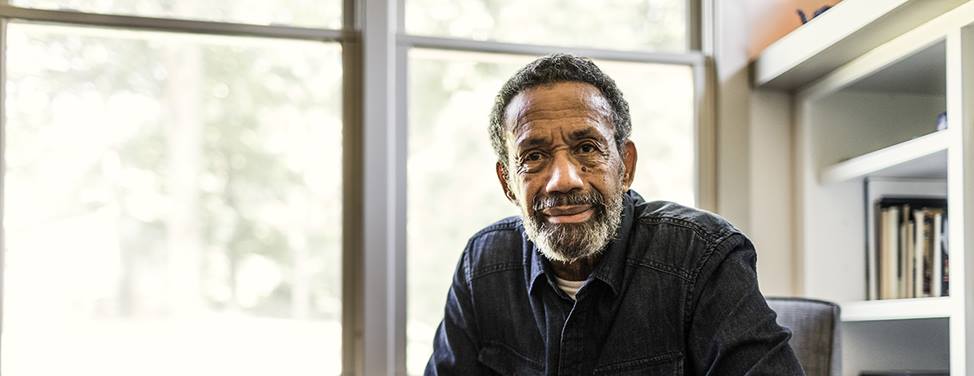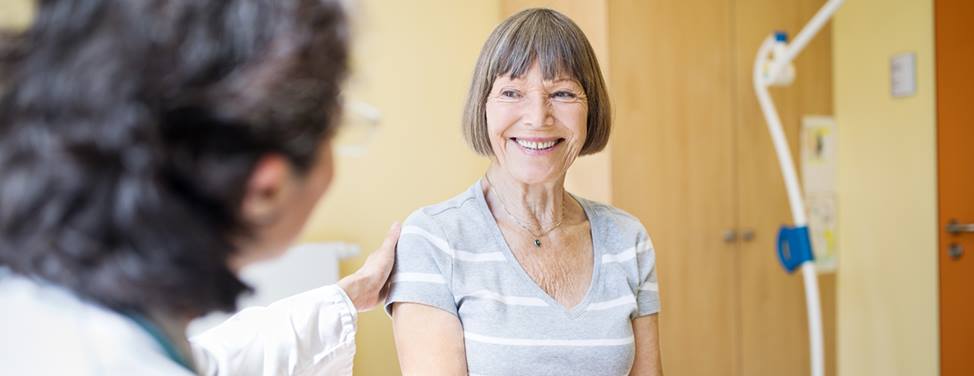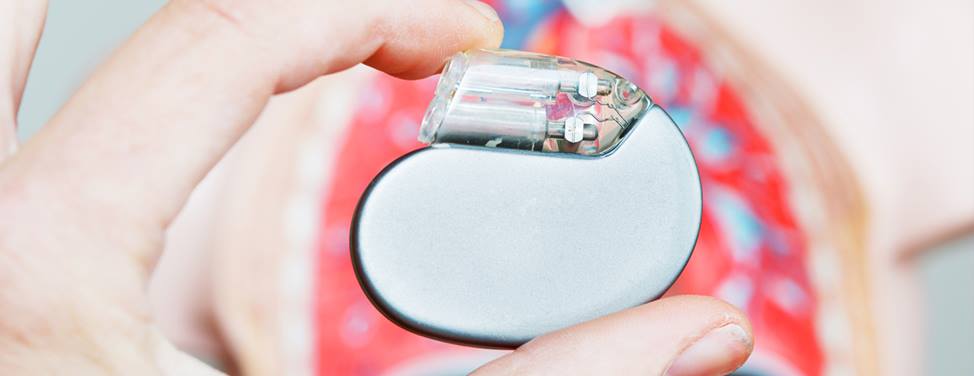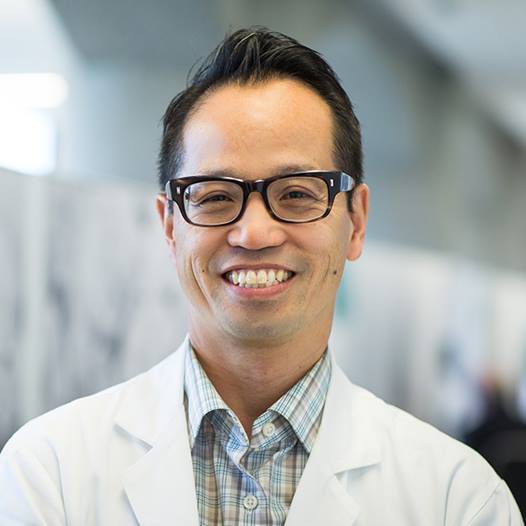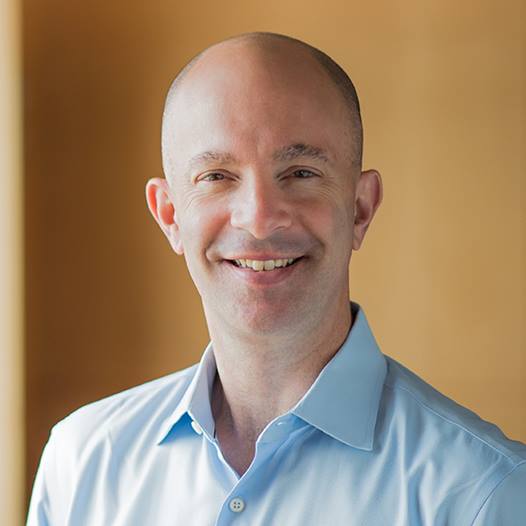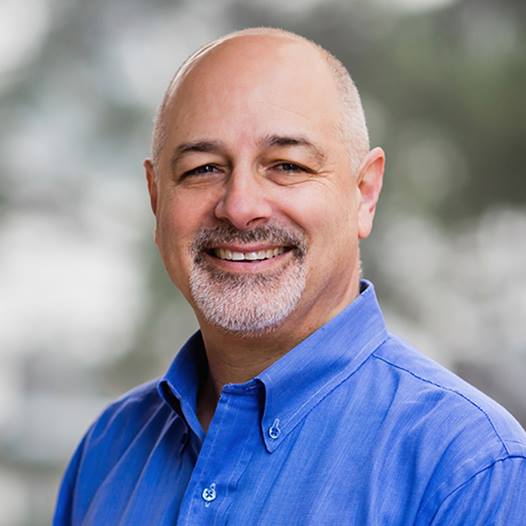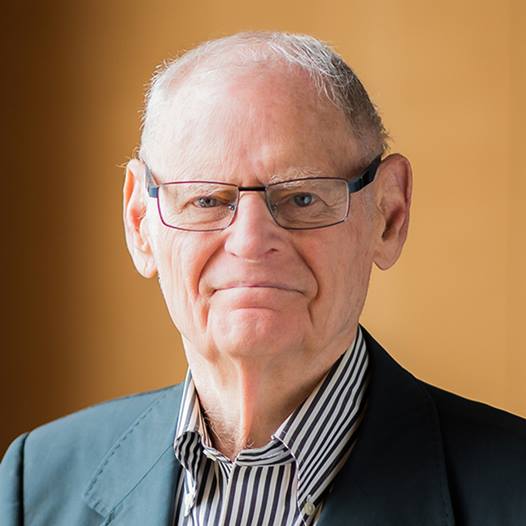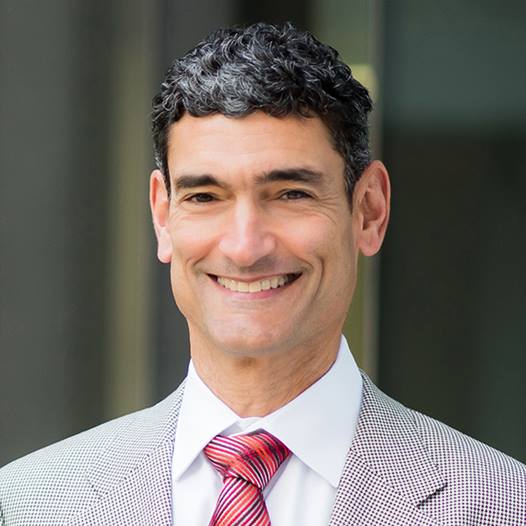Radiofrequency catheter ablation is a technique used to treat arrhythmia, an abnormal heart rhythm created by a disturbance in the heart's electrical system. Catheter ablation destroys or disrupts parts of the electrical pathways causing the arrhythmias. With this minimally invasive technique, developed by UCSF experts in the 1980s, patients usually leave the hospital in one day, compared to open heart surgery, which requires a week-long hospital stay and months of recovery.
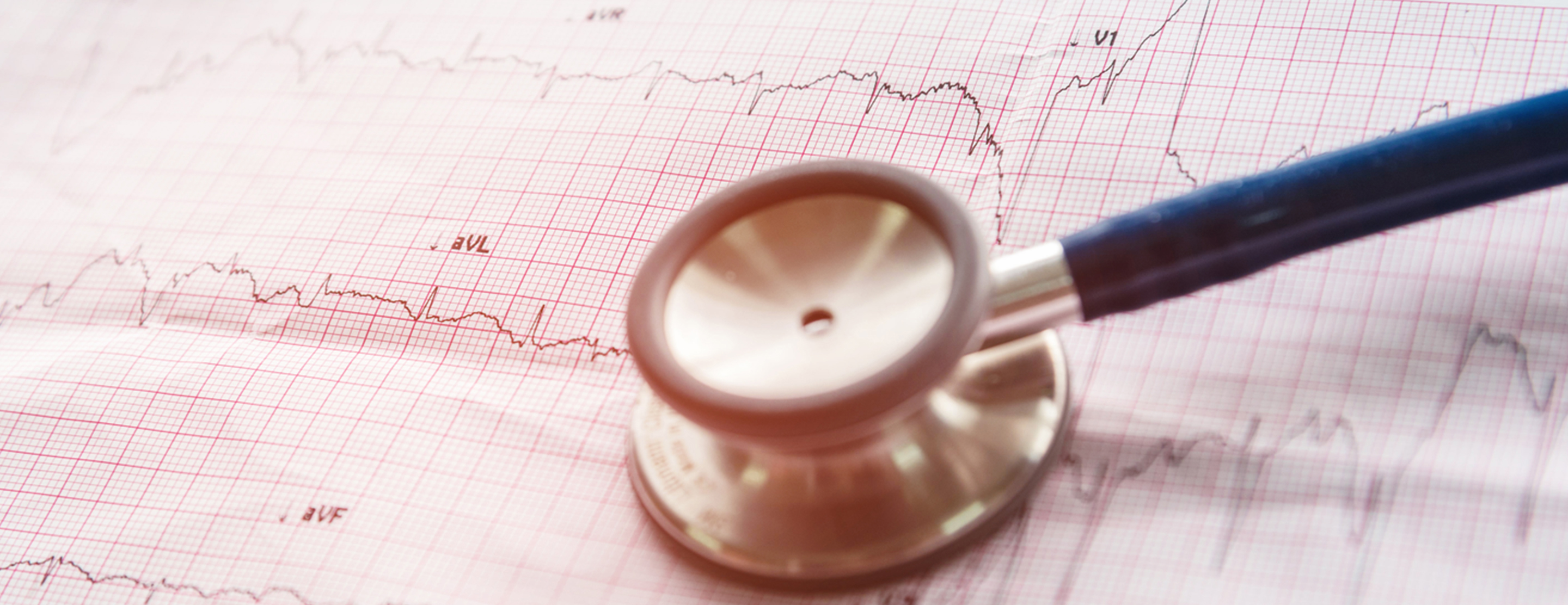
Catheter Ablation
The technique has become the treatment of choice for patients with arrhythmia who do not respond well to drug therapy or who have a propensity for rapid heart rates. Catheter ablation also is a good option for patients who do respond to medication, as well as the elderly who are prone to suffer side effects from drug therapy and women of childbearing age who cannot take medications because of potential fetal health risks.
A recent UCSF study of nearly 400 catheter ablation patients with dangerously rapid heart rates — nearly a third of whom were considered candidates for open heart surgery — found that one month after the procedure, 98 percent required no medication and 95 percent reported considerable improvement in their overall health. In addition, patients reported improvements in their ability to work, exercise and take on physical activities.
Procedure
During the procedure, a tiny metal-tipped wire catheter is threaded through a vein or artery in the leg up into the heart. Using an instrument called a fluoroscope, the cardiologists are able to view the catheter moving through the vessel on a monitor. Other catheters containing electrical sensors also are inserted, usually through the neck, and are used to help find the areas causing the arrhythmia. Once these problem areas are located, the metal-tipped catheter is used to deliver radiofrequency waves — the same energy used for radio and television transmission — to gently burn away the problem tissue.
Most patients are able to go home either the same day of treatment or the following morning. Many people resume their normal daily activities, such as walking and bathing, upon discharge and return to work in a day or two. That said, each patient's experience is slightly different and patients should always follow their doctors instructions.
UCSF Health medical specialists have reviewed this information. It is for educational purposes only and is not intended to replace the advice of your doctor or other health care provider. We encourage you to discuss any questions or concerns you may have with your provider.








